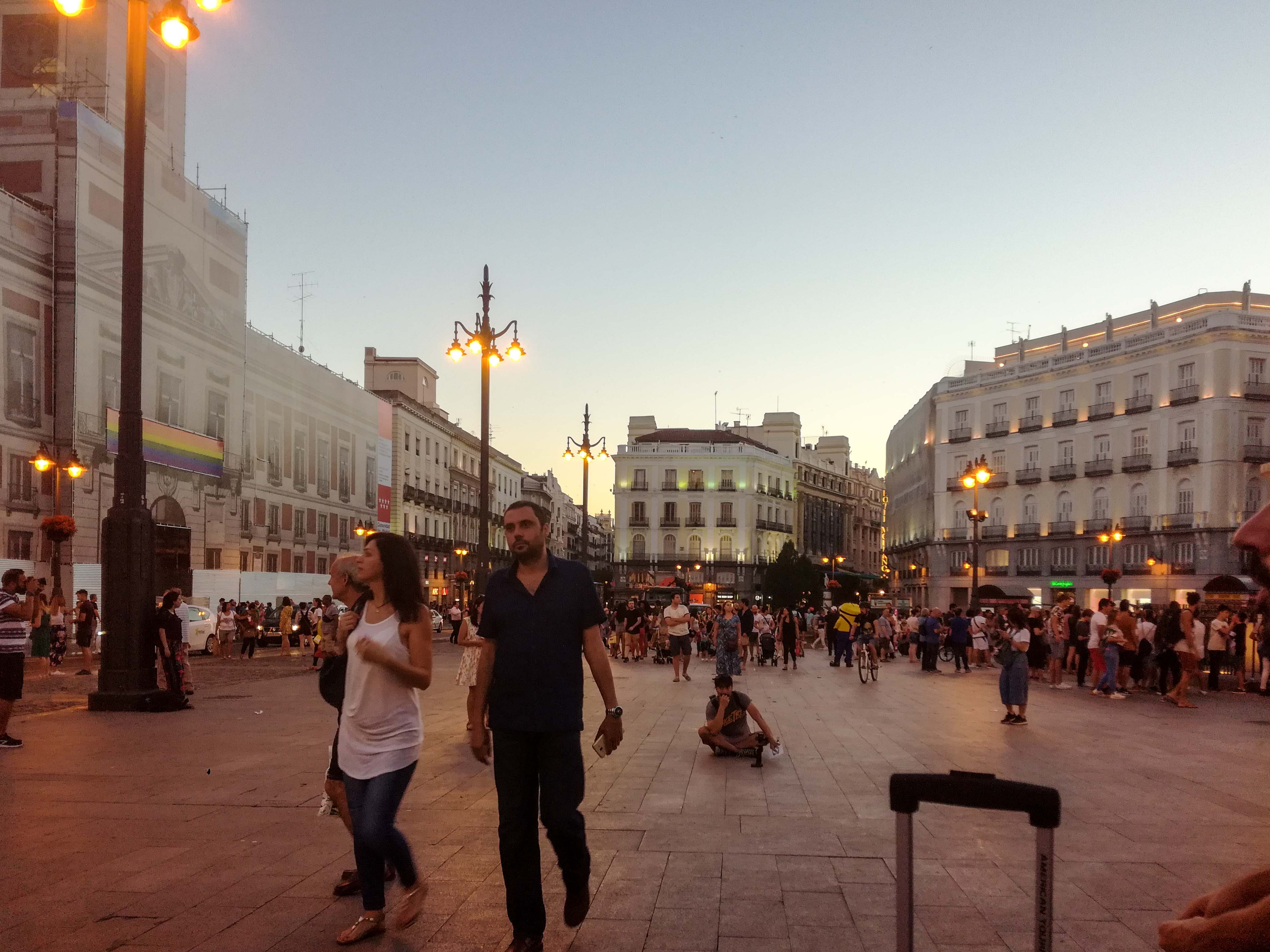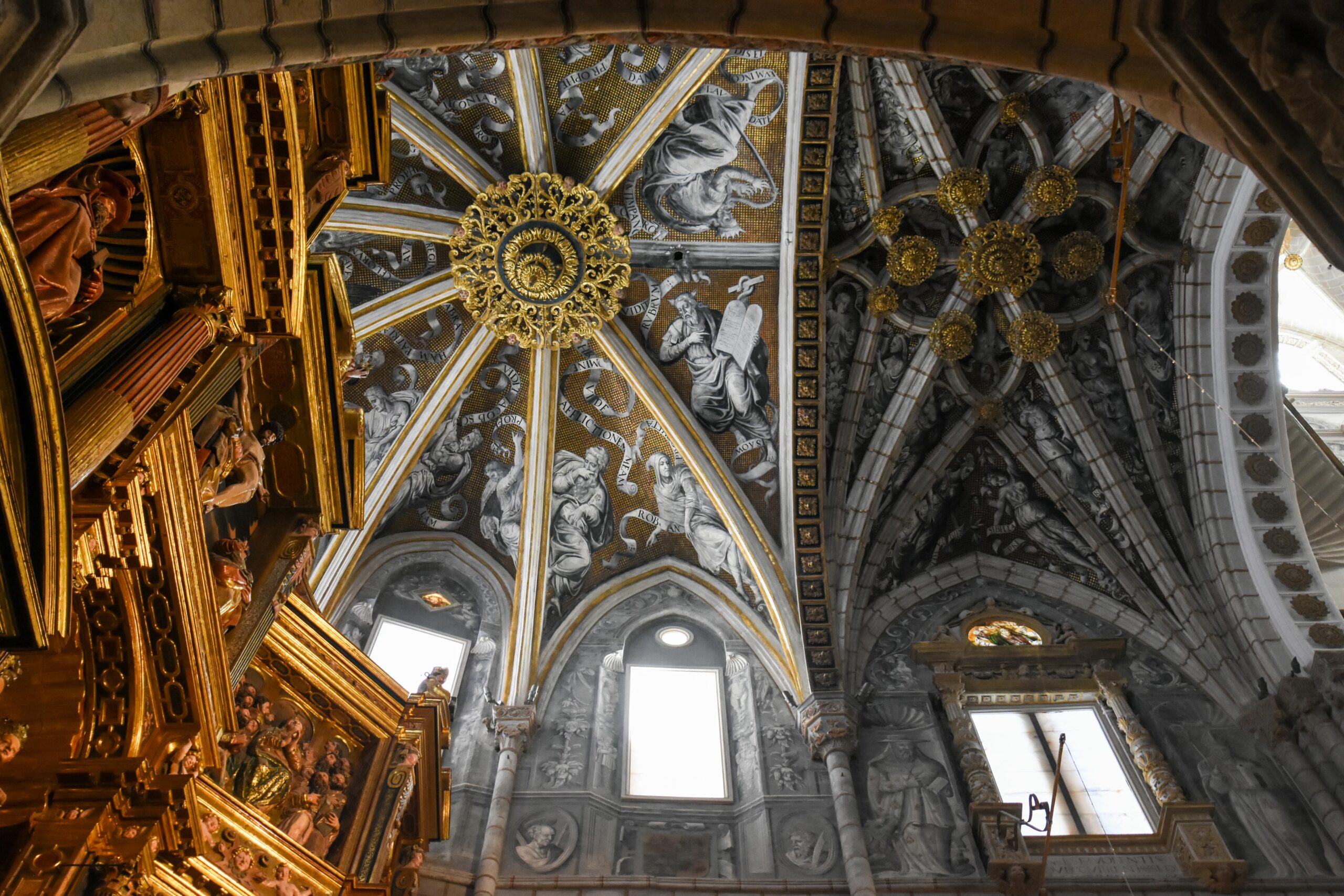Adriana is 23 years old and has been studying in Madrid for 10 months. She didn’t go to Madrid to study because she had a special appeal to the city, since she didn’t even know it well, but because she found a master’s program that she found interesting and with equally interesting job prospects: a master’s degree in Development and Growth Economics. It is a specialization in economics that is dedicated to studying the multi-dimensionality of poverty and measures what can help certain specific problems, more linked to the reality of developing countries, and with interesting work perspectives within NGOs or international institutions. The second year of the master’s degree will be in Lund, Sweden, where she is already located.
What expectations did you have of the city and the country before arriving? Is the reality similar to these expectations?
I already knew that Madrid would be a big city, with movement, and expensive (a factor that all my Spanish friends always emphasized), and the city really managed to surprise me in all these aspects. It’s bigger than I thought! There are so many people that it is often difficult to walk on the street (especially in Sol and on the streets of that area) and it is very expensive! Regarding the weather, Madrid is the typical example studied in geography due to the continental climate: very cold in winter and very hot in summer. However, this information does not prepare us for what is the reality of this simple sentence: I had to buy a winter coat on purpose, which was not warm enough to survive in winter, and now in summer, the temperature is around 40 degrees day and night. Going out with a coat is never a concern. In fact, it is often too hot even at night to leave the house.
What did you like most in Madrid?
Madrid is a city full of life and activities. There are always new places to go and lots of parks and gardens that are great for a late afternoon. One thing I also really liked in the city, is that all museums have at least one, even more, times when they are free.

And what did you like least?
Like all big cities, you end up wasting a lot of time on transports – communications and night transports are also not the best. It was also rare to have a seat on the metro, such was the number of people who resort to transportation. And of course, the fact that it is such an expensive city is also not very inviting, especially for students. To go out at any bar at night you need to pay admission (the cheapest I paid was 7€), and a beer is never below 4€.
How do you characterize the Spaniards?
I had a great experience with the Spaniards. They are super friendly and helpful. A particularity, which I and other foreigners commented on, is that, for example, when I was studying in Portugal, we would have huge dinners at someone’s house or we would meet at someone’s house … the Spaniards (at least those in my class), they never did that. It is always all out, eating and dining out. It gave me the idea that people are not invited to their homes so easily, and this rarely happens.
If someone were to visit Madrid and had only 3 days what would you suggest seeing and what to eat and where?
Go to the main museums and enjoy free tickets, at least at Reina Sofia and Prado Museums. Go to the botanical garden next to Prado. Take a stroll through Retiro Park, which is in the same area. I would say that a trip to the royal palace would be mandatory, and also a sunset at the temple of Debod (next door). A stroll around Madrid Rio, a park on the riverside where Vincente Calderón stadium is located, is highly recommended. In fact, the visit could start at el Matadero, a former renovated slaughterhouse that now has a bar and exhibits at the edge of the park. Take a walk around Sol and Gran Via. This area has a huge offer. From my experience, prices and quality of the typical bars do not differ significantly. A place that really surprises by the quantity and quality served is 3 Tigres in Chueca, which is a popular place to go out at night, as well as the Malasaña neighborhood.


Do you have any tips on how to save money in Madrid?
For accommodation for a visit to Madrid, I suggest in the center, close to Sol, because they are close to all the main attractions and can explore the city on foot without having to resort to public transport. For those looking for long-term accommodation, a room in central Madrid costs around €400 upwards. Choosing housing in the south is undoubtedly cheaper, and it is well communicated with the center. The northern area is the “rich area”, and housing is also more expensive there, although that is where large companies are located. For purchases, I am an apologist for buying in local markets. In the place where I lived, there was even a store that only sold eggs, and besides the price being the same or even cheaper, you are buying higher quality.

What was your favorite thing to do in Madrid?
To go to Debod’s temple or Parque del Retiro to spend the evening with friends and watch the sunset.
In your opinion, when is the best time to visit Madrid?
During the Fiestas de San Isidro. There is fireworks, plays and free concerts around the city. In addition, the weather is good (May), so it’s the perfect time to visit the city!
Thank you very much Adriana for sharing your experience of Madrid with us and we look forward to your report from Lund, Sweden 🙂
If you liked this post and want to read about my trips to Spain, you can visit the following posts:









